Deskripsi
Bali Kuil Taman Ayun terletak di Desa Mengwi, Kabupaten Badung, sekitar 18 km di sebelah barat Denpasar. Ini adalah sebuah kuil yang sangat indah, seperti yang namanya jelaskan (Taman Ayun berarti kuil di taman yang indah). Selain keindahannya, Kuil Taman Ayun juga dianggap memiliki nilai-nilai sejarah, yang membuat pemerintah daerah Bali menyarankan UNESCO pada tahun 2002 bahwa kuil ini dimasukkan dalam Daftar Warisan Dunia.
Kuil Taman Ayun adalah Kuil Ibu (Paibon) untuk Kerajaan Mengwi. Kuil ini dibangun oleh Raja Mengwi, I Gusti Agung Putu, pada tahun Jawa 1556 (1634 M). Awalnya, I Gusti Agung Putu membangun sebuah kuil di sebelah utara desa Mengwi untuk beribadah kepada leluhurnya. Kuil itu diberi nama Genter Park. Ketika Mengwi berkembang menjadi kerajaan besar, I Gusti Agung Putu memindahkan Genter Park ke arah timur dan memperluas kompleks. Kuil yang diperluas ini secara resmi dinyatakan sebagai Kuil Taman Ayun pada hari Selasa Kliwon - Medangsia bulan keempat dalam tahun Jawa 1556. Sampai saat ini, setiap Selasa Kliwon wuku Medangsia dalam kalender Jawa (Saka), sebuah piodalan (upacara) diselenggarakan di kuil ini untuk merayakan ulang tahun kuil.
Kuil Taman Ayun telah melalui beberapa pekerjaan restorasi. Restorasi besar dilakukan pada tahun 1937. Pada tahun 1949, pekerjaan restorasi dilakukan untuk kori agung (ruang besar), kuil Bentar. Sebuah wantilan besar juga dibangun pada saat itu. Restorasi ketiga dilaksanakan pada tahun 1972, diikuti oleh restorasi terakhir pada tahun 1976. Kompleks Kuil Taman Ayun memiliki panjang 100 meter dan lebar 250 meter. Kompleks ini terdiri dari halaman luar dan tiga halaman dalam. Halaman dalam, dihiasi dengan pagar batu, memiliki elevasi yang berbeda, dan yang paling dalam adalah yang tertinggi.
Halaman luar Kuil Taman Ayun, juga dikenal sebagai Jaba, terletak di sisi luar kolam. Ada jembatan di atas kolam untuk menghubungkan halaman luar dengan halaman dalam. Di ujung jembatan, di sisi halaman dalam, ada pintu Bentar yang diikuti oleh jalan setapak menuju halaman dalam. Ada dua patung raksasa di setiap ujung jembatan.
Di sebelah kiri jalan setapak Kuil Taman Ayun, dekat pintu, ada sejenis pos penjaga kecil. Di sini, di halaman dalam pertama, ada Wantilan (sejenis aula) di mana biasanya beberapa upacara dilakukan, termasuk sabung ayam, yang juga bagian dari upacara ritual di kuil. Ada jalan setapak melintasi halaman dalam pertama dan membaginya menjadi dua bagian, menghubungkan pintu ke halaman dalam pertama ke pintu ke halaman dalam kedua. Ke barat daya, ada sebuah gazebo bulat di mana seseorang bisa istirahat dan menikmati keindahan kuil. Ada kolam di dekat gazebo yang ditutupi dengan teratai. Tepat di tengah kolam, ada tiang kecil yang memercikkan air ke sembilan arah berbeda. Ke timur, ada sekelompok kuil kecil yang disebut Kuil Luhuring Purnama.
Ada pintu di ujung jalan setapak Kuil Taman Ayun yang membagi halaman dalam pertama menjadi dua. Pintu ini mengarah ke halaman dalam kedua, yang terletak di tanah yang lebih tinggi dari yang pertama. Di depan pintu, di halaman dalam kedua, ada bangunan yang berfungsi sebagai partisi. Partisi Kuil Taman Ayun dihias dengan relief yang menggambarkan sembilan dewa penjaga arah mata angin.
Ke timur, ada sebuah kuil kecil yang disebut Kuil Dalem Bekak. Ke barat, di sekitar sudut, ada balai Kulkul dengan atapnya yang tinggi. Halaman dalam ketiga, yang juga yang paling dalam dan tertinggi, adalah area paling suci. Pintu utamanya, yang disebut pintu gelung, ditempatkan tepat di tengah dan hanya dibuka selama upacara. Pintu utama, bagaimanapun juga, Kuil Taman Ayun dikelilingi oleh dua pintu melalui mana orang bisa mengakses halaman untuk melakukan rutinitas harian di Kuil Taman Ayun. Halaman ini memiliki beberapa Meru, sebuah kuil, sebuah Gedong, sebuah Padmasana, sebuah Padma Rong Telu, dan bangunan keagamaan lainnya.
Catatan
Titik pertemuan atau tempat rencana perjalanan yang akan dukunjungi
Paket menginap terfavorite

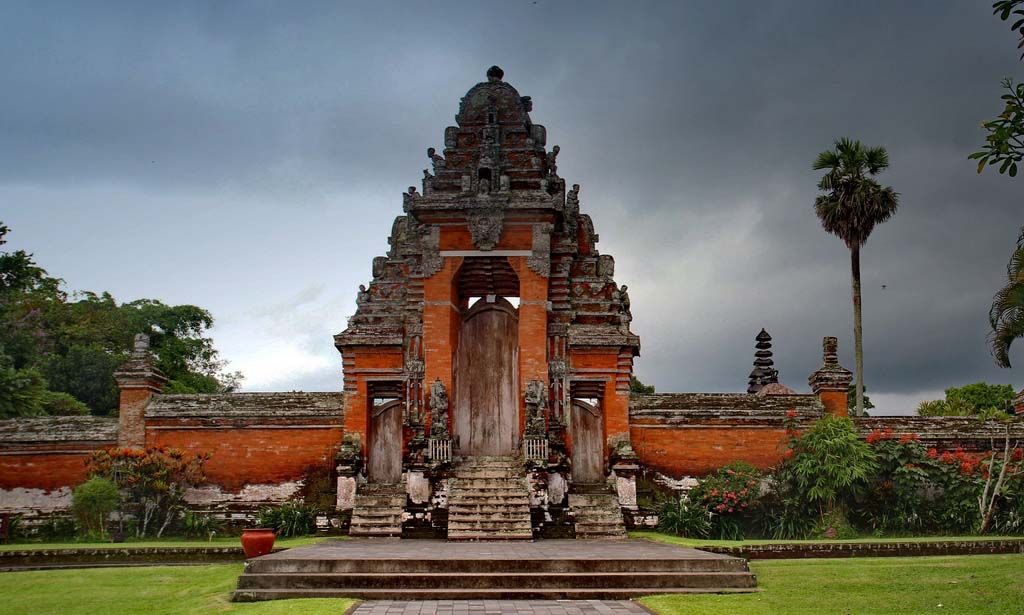

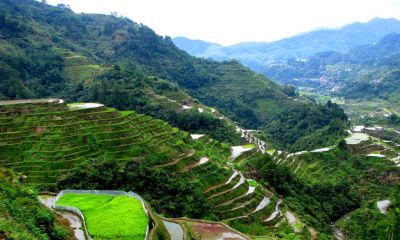
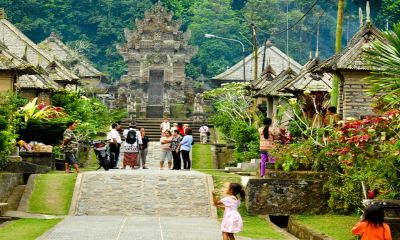

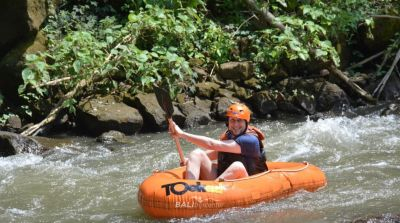

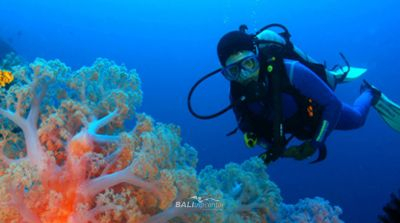




0/5